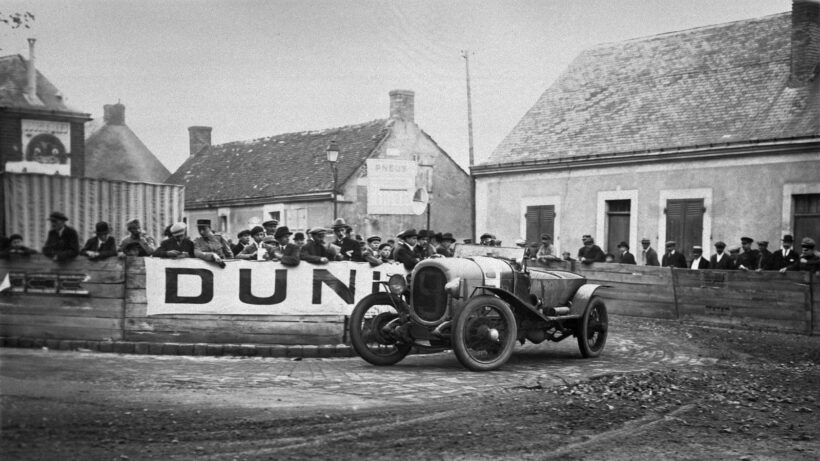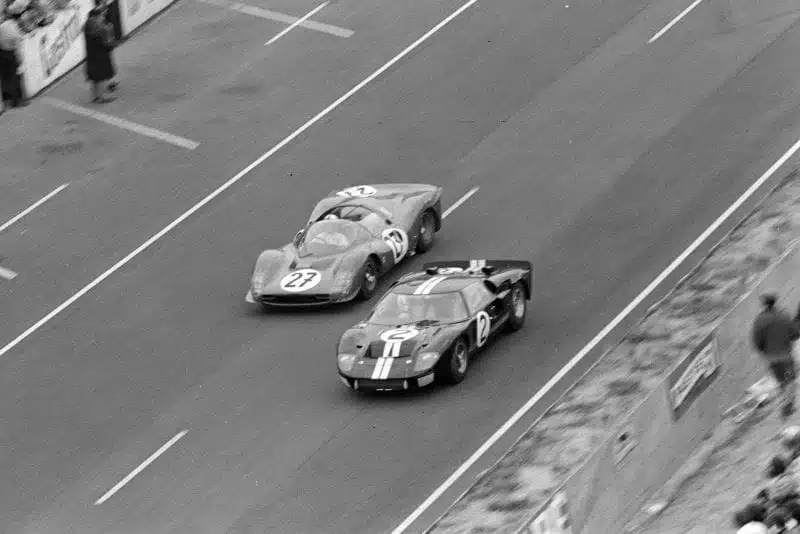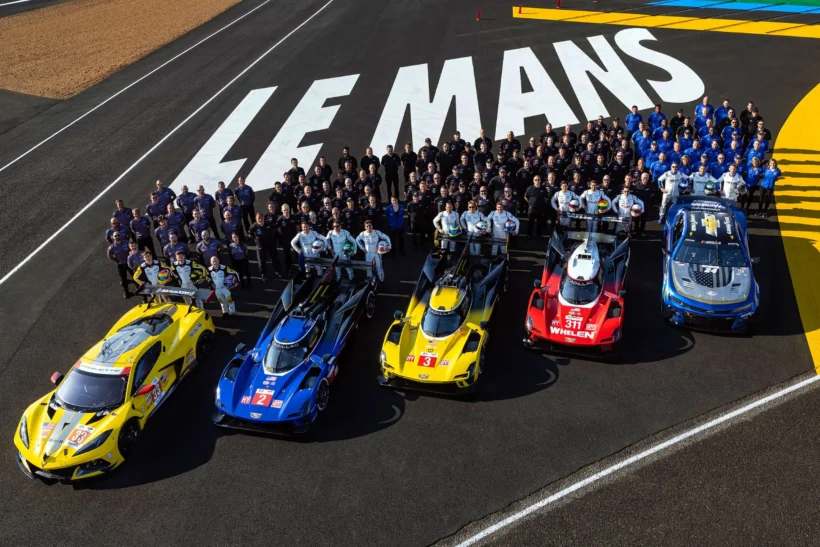Le Mans is renowned as the premier endurance race, captivating motorsport enthusiasts worldwide.
It is one of those races that has established this sport, about which you can read more at https://www.winchesterspeedway.com.
The 24 Hours of Le Mans showcases not only the limits of automotive technology but also the resilience and skill of drivers and teams, making it a legendary event in racing history.
Origins and Early Years

The 24 Hours of Le Mans was founded in 1923 by Georges Durand, Charles Faroux, and Émile Coquille. Its inception aimed to challenge the durability and reliability of the cars, promoting advancements in automotive technology.
The first race saw a diverse array of competitors, with Bentley and Chenard & Walcker among the early entrants. These initial years were characterized by a 17-kilometer circuit that tested the endurance of both man and machine in harsh conditions.
The early races set the stage for the event’s prestigious reputation. The organizers’ vision of a grueling test of automotive prowess quickly gained traction, drawing significant attention from car manufacturers and racing enthusiasts alike.
The race’s format, demanding continuous driving over 24 hours, was unprecedented and required innovative strategies for vehicle maintenance and driver endurance.
As the race grew in popularity, it attracted a broader range of participants and spectators.
The early 1920s saw Bentley dominate, with their cars demonstrating remarkable reliability and speed. This period also laid the foundation for the race’s tradition of innovation, as manufacturers continually sought to improve their designs to gain a competitive edge.
The origins of Le Mans are a testament to the spirit of competition and technological advancement that continues to define the race today.
Historical Milestones and Major Events

Le Mans has witnessed numerous historical milestones and major events that have shaped its legacy. In the 1920s, Bentley emerged as a dominant force, winning multiple races and establishing the marque’s reputation for durability and performance.
The 1930s saw Alfa Romeo rise to prominence, with notable victories that underscored the competition’s international appeal.
Post-World War II, the race experienced a revival, symbolizing a return to normalcy and progress. This era brought significant changes in car design and race strategy, reflecting advancements in technology and engineering.
However, the 1955 race was marked by tragedy when a catastrophic accident claimed the lives of over 80 spectators and driver Pierre Levegh. This incident prompted substantial safety improvements, including better circuit design and stricter regulations.
The 1960s are perhaps best remembered for the fierce rivalry between Ford and Ferrari. Ford’s quest to defeat Ferrari led to the development of the iconic GT40, culminating in a historic victory in 1966. This period of intense competition and dramatic narratives cemented Le Mans’ status as a premier motorsport event.
In recent decades, technological advancements have continued to shape the race. The dominance of Audi in the early 2000s, with their innovative diesel and hybrid technologies, showcased Le Mans as a proving ground for cutting-edge automotive innovations.
Each milestone and major event at Le Mans contributes to its rich tapestry, reflecting the evolution of both the race and the broader automotive industry.
Iconic Figures and Personalities

Le Mans has been graced by numerous iconic figures and personalities who have left an indelible mark on the race’s history. Legendary drivers such as Louis Rosier, Henri Pescarolo, and Tom Kristensen are celebrated for their extraordinary achievements and contributions to the sport.
Louis Rosier, a French racing driver, achieved fame with his remarkable victory in the 1950 race, driving for 23 hours and 15 minutes with minimal assistance from his co-driver.
His dedication and endurance exemplify the spirit of Le Mans. Henri Pescarolo, another French legend, holds the record for the most participations in the 24 Hours of Le Mans, with 33 starts.
His long and successful career, which includes four overall victories, has cemented his status as one of the race’s most enduring figures.
Tom Kristensen, known as “Mr. Le Mans,” is perhaps the most iconic driver in the race’s history. With nine overall victories, Kristensen’s dominance is unparalleled, showcasing his exceptional skill and consistency. His contributions have significantly raised the profile of Le Mans, attracting a global audience to the event.
Celebrities like Steve McQueen and Paul Newman have also played a role in popularizing Le Mans. McQueen’s film “Le Mans” brought the race to a wider audience, capturing its intensity and allure. Paul Newman, an accomplished actor and racing enthusiast, competed in the race and finished second overall in 1979, further enhancing the event’s appeal.
These figures, along with many others, have shaped the legacy of Le Mans, making it not just a race, but a storied institution in the world of motorsport.
Modern-Day Le Mans

In recent years, the 24 Hours of Le Mans has undergone significant developments and changes, ensuring its continued appeal and relevance in the modern era. The race has adapted to new technologies and regulations while maintaining its core values of endurance and innovation.
One of the most notable changes has been the introduction of hybrid and electric technologies. Manufacturers like Toyota have pioneered the use of hybrid powertrains, combining internal combustion engines with electric motors to achieve greater efficiency and performance. This shift reflects the broader automotive industry’s focus on sustainability and environmental responsibility.
Regulatory changes have also played a role in shaping modern-day Le Mans. The race organizers have implemented measures to enhance safety, improve competition, and reduce costs. These changes include adjustments to vehicle specifications, fuel allowances, and driver regulations, ensuring a level playing field while promoting innovation and fair competition.
The race format has seen minor modifications to enhance spectator engagement and accommodate evolving technologies. These include the introduction of new classes, such as the Hypercar category, which showcases the latest advancements in automotive engineering.
Le Mans continues to attract top-tier talent and manufacturers, ensuring its status as a premier event in the motorsport calendar. The race’s enduring appeal lies in its unique blend of tradition and modernity, offering a platform for showcasing cutting-edge technologies while honoring its rich heritage.
Looking to the future, Le Mans is poised to embrace further advancements in sustainability and technology. Initiatives such as the development of hydrogen-powered vehicles and increased focus on renewable energy sources highlight the race’s commitment to innovation and environmental stewardship. Modern-day Le Mans remains a dynamic and evolving event, reflecting the ever-changing landscape of motorsport.
The Bottom Line
Le Mans’ journey to becoming a racing mecca is marked by its rich history, technological innovations, and cultural impact. Its enduring legacy and continued significance in motorsport highlight its unique place in racing history, captivating enthusiasts worldwide.

